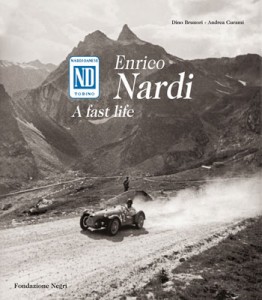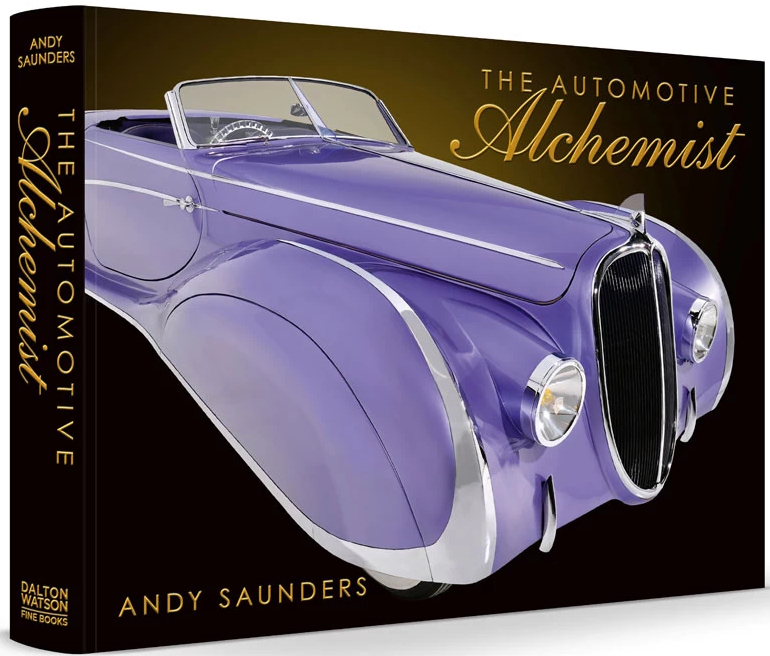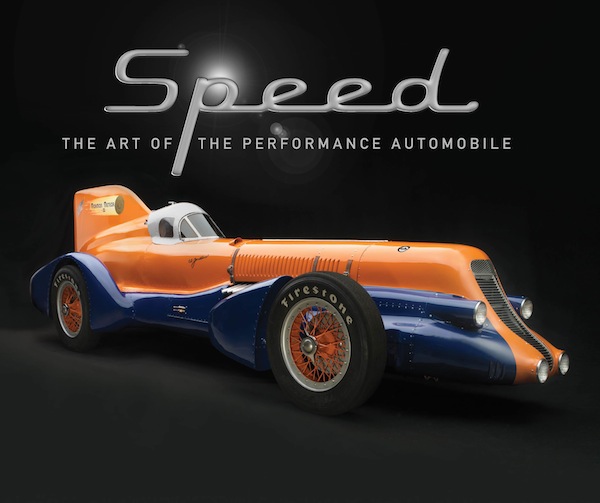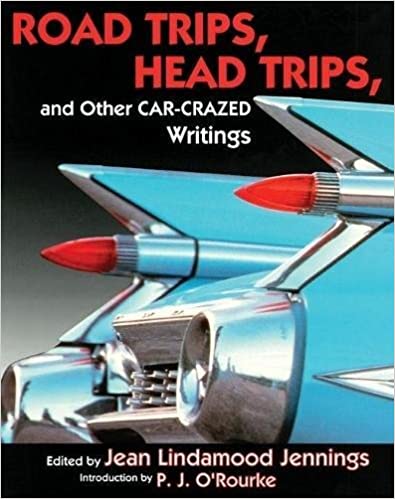Citroën DS: Revised and updated edition
There are some cars that make such a strong impression—in their day and for decades after—that they stir and captivate automotive enthusiasts. The Citroën DS is one of those cars. Just see one coming down the street . . . you can’t ignore it. In this book, DS owner Malcolm Bobbitt gives us a historian’s and an enthusiast’s tour of “the Goddess”—a term that evolved from the French pronunciation of the letters “DS,” which sounds like the French word “Déesse”—in English: “Goddess.”
If this title seems familiar, that’s because it was originally published in 2005, coinciding with the 50th anniversary of the DS’s introduction. This is a new edition under Veloce Publishing’s “Classic Reprint” series, but it is more than a reprint—it has been revised and updated as the subtitle suggests.
The subject is covered in 14 chapters, starting with an extensive styling analysis in the Foreword by Graham Hull, who was Chief Stylist at Rolls-Royce Motor Cars from 1984 to 2001, and author of Inside the Rolls-Royce and Bentley Styling Department, also published by Veloce. Speaking of Rolls-Royce, many will recognize Bobbitt as the author of many titles on the subject of Rolls-Royce and Bentley, as well as Citroën and other marques.
The author begins with a brief history of the company and its founder, André Citroën, who is often credited with the invention of the double helical gears that the company’s logo is based on, but as pointed out by the author, “. . . he did not invent them, he perfected their design and manufacture and accordingly took out a patent in October 1910.” There are still various accounts that attempt to explain exactly how he learned about the helical gears, but—perhaps wisely—none of those are explored in this book.
This British author brings a UK perspective to the story, which is of benefit to the subject, given that the French DS was also manufactured in England in comparatively modest numbers, making those examples quite rare and nicely represented in this book. Of particular interest are the sections on the SM model (the “Sport Maserati”) and the Henri Chapron variants. While Chapron is known for the bodies the firm built for marques like Delage and Delahaye, a major part of its work appeared on DS and SM Citroëns—as seen, for example, in Noël van Wilgenburg’s 1985 book Henri Chapron Carrossier. In this book, the Chapron cars are not treated like an anecdotal curiosity, but through a weave in the story, as well as in extensive pictures of the various examples produced.
The book also looks at various other aspects that may not be known generally about the DS, like its suitability for rallying. After the “historian’s tour” ends, but before the Appendices with production numbers and specifications, the “enthusiast’s tour” continues in the final chapter’s look at “Living with the Goddess”—tips on finding, purchasing and maintaining a DS. Whether you’re curious about this iconic car, or you’re an owner (or hoping to be an owner)—this is a book you’ll enjoy, particularly when you consider that this new edition is priced far less than 2005 secondhand editions.
Copyright 2017, Rubén Verdés (speedreaders.info).
This review appears courtesy of the SAH in whose Journal 282 it was first printed.



 RSS Feed - Comments
RSS Feed - Comments






































































 Phone / Mail / Email
Phone / Mail / Email RSS Feed
RSS Feed Facebook
Facebook Twitter
Twitter